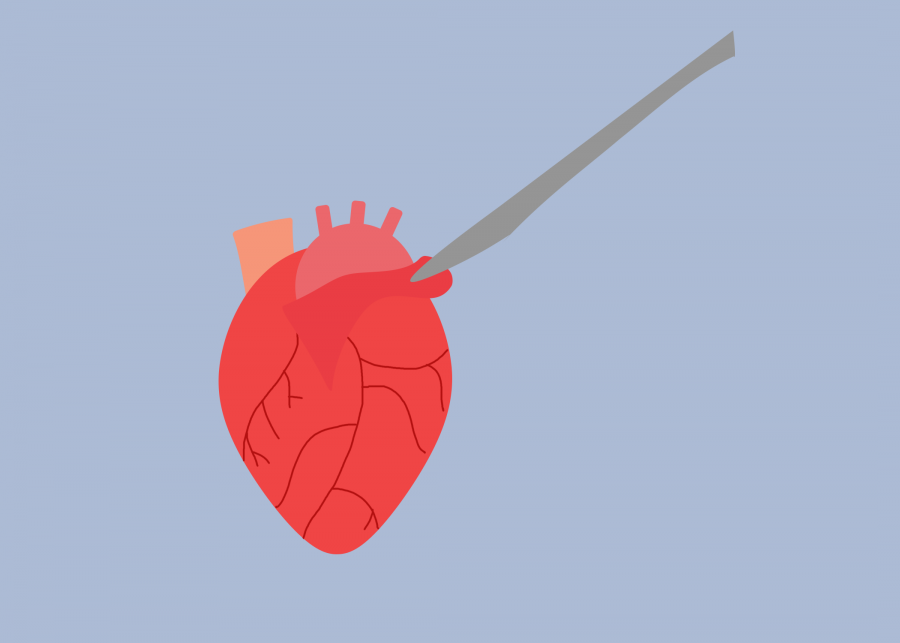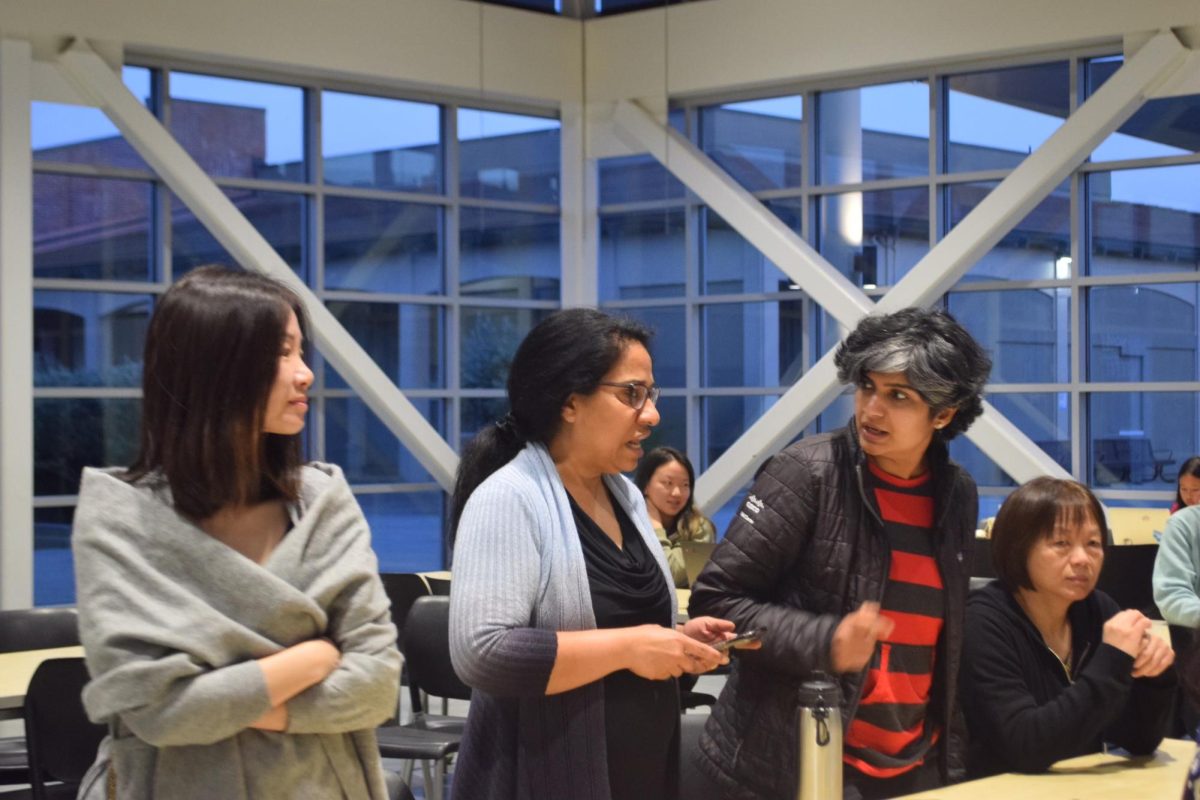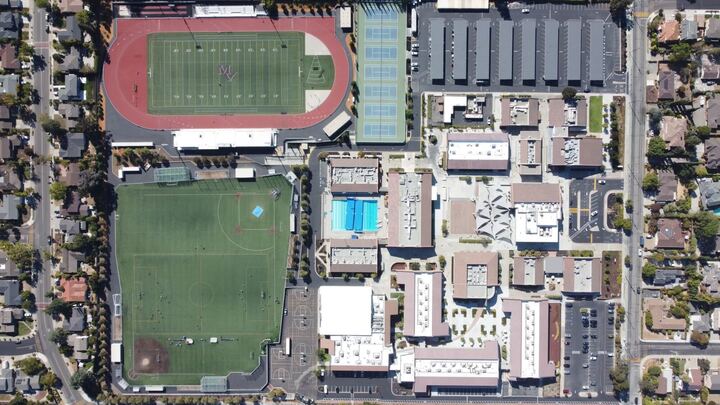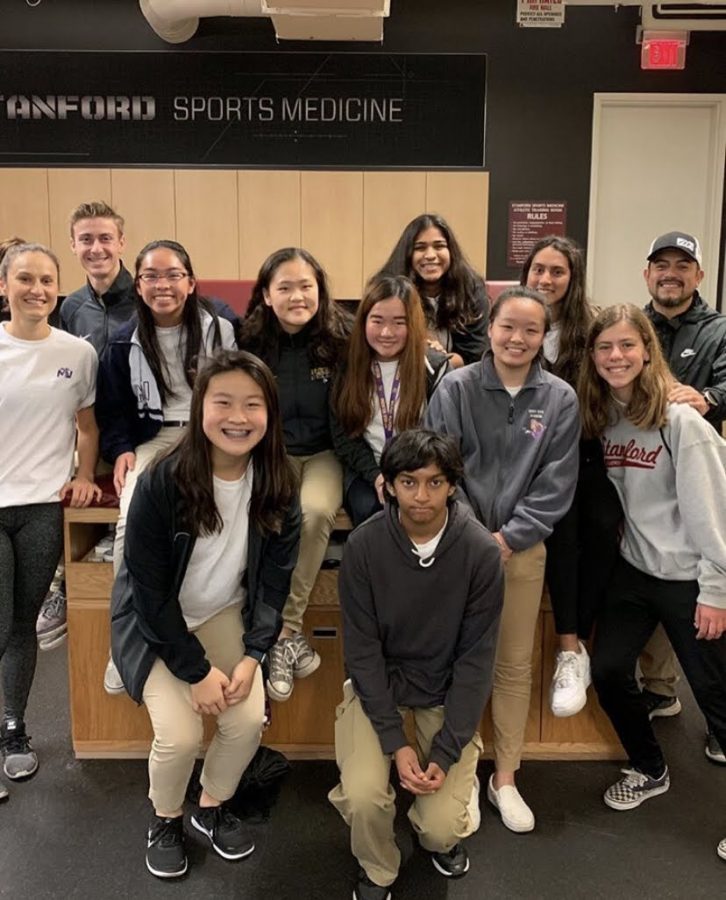n April 9 and 13, Future Practicing Physicians Network (FPPN) and Science National Honor Society (SNHS) combined their clubs to perform heart dissections on sheep hearts. Prior to the dissection, members were asked to identify the different chambers of the heart, as well as the the position and function of structures such as the aorta and coronary arteries. Officers from both clubs were available to assist the groups during the activity.
This was FPPN member and sophomore Saumya Kumaran’s first time participating in a dissection. Kumaran, who enjoys hands-on experiences, felt the heart dissection would give her a valuable glimpse into the medical field, where she hopes to pursue a career. Throughout the activity, Kumaran and her partner, senior Rochelle Tham, felt challenged by the knowledge they had to recall from freshman biology.
“[Dealing with a real heart] shows you how much harder it is,” Kumaran said. “You usually just look at a textbook and it’s so much easier to identify.”
According to FPPN vice president and senior Issra Osman, members seemed skilled in handling scalpels and other tools necessary to carry out the dissection. This was due in part to the mandatory safety meeting they had to attend before dissection day that provided an overview of heart anatomy and the proper usage of a tools. By holding the dissection, Osman hopes members will become more comfortable working with dissections and organs and will be more interested in learning biology. See the gifs below that walk through the dissection procedure.
Heart dissection procedure:
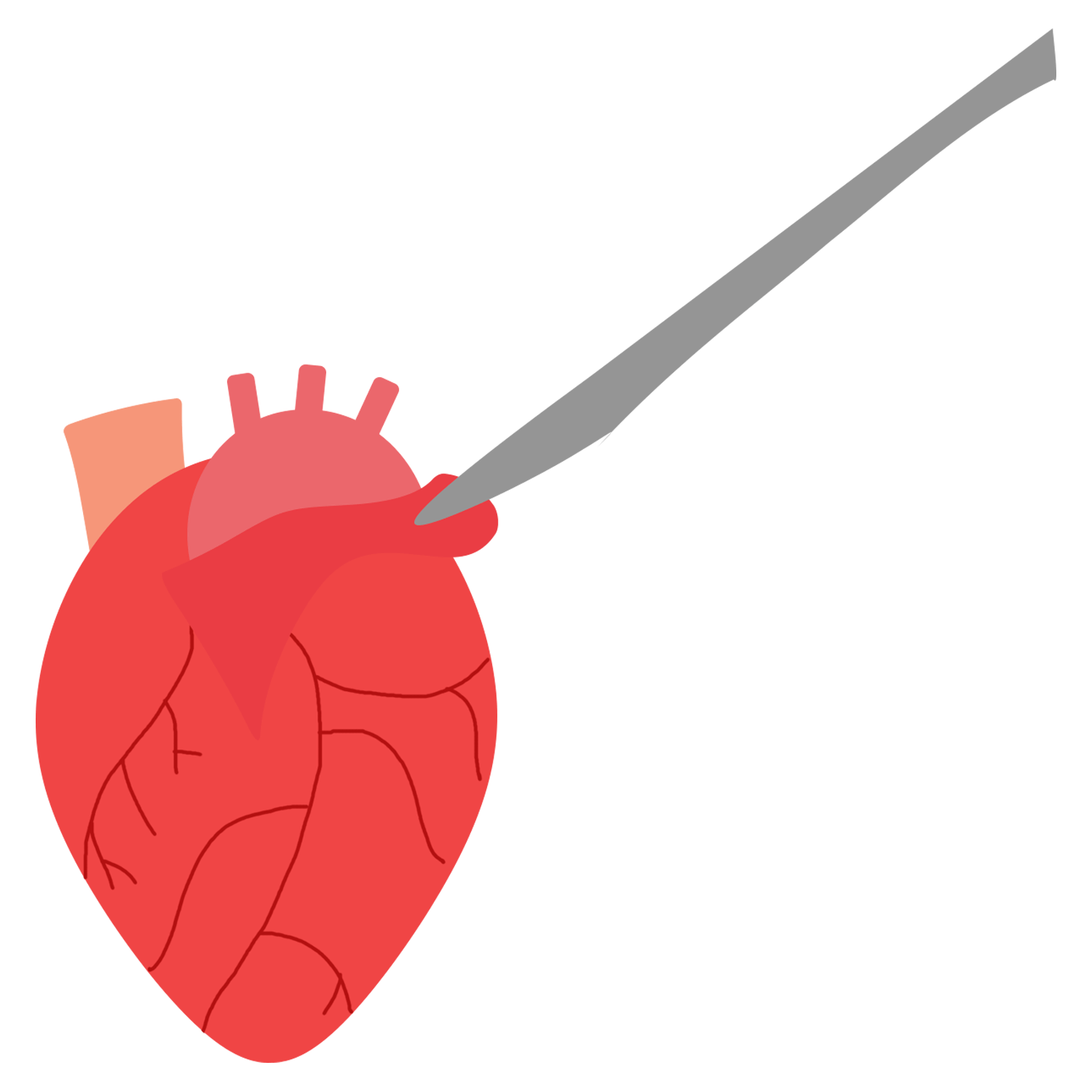
1. Place the heart so the posterior side is facing up. Create an incision using a scalpel from the superior vena cava to the right atrium wall. Be careful not to cut too far. Identify the tricuspid valve.
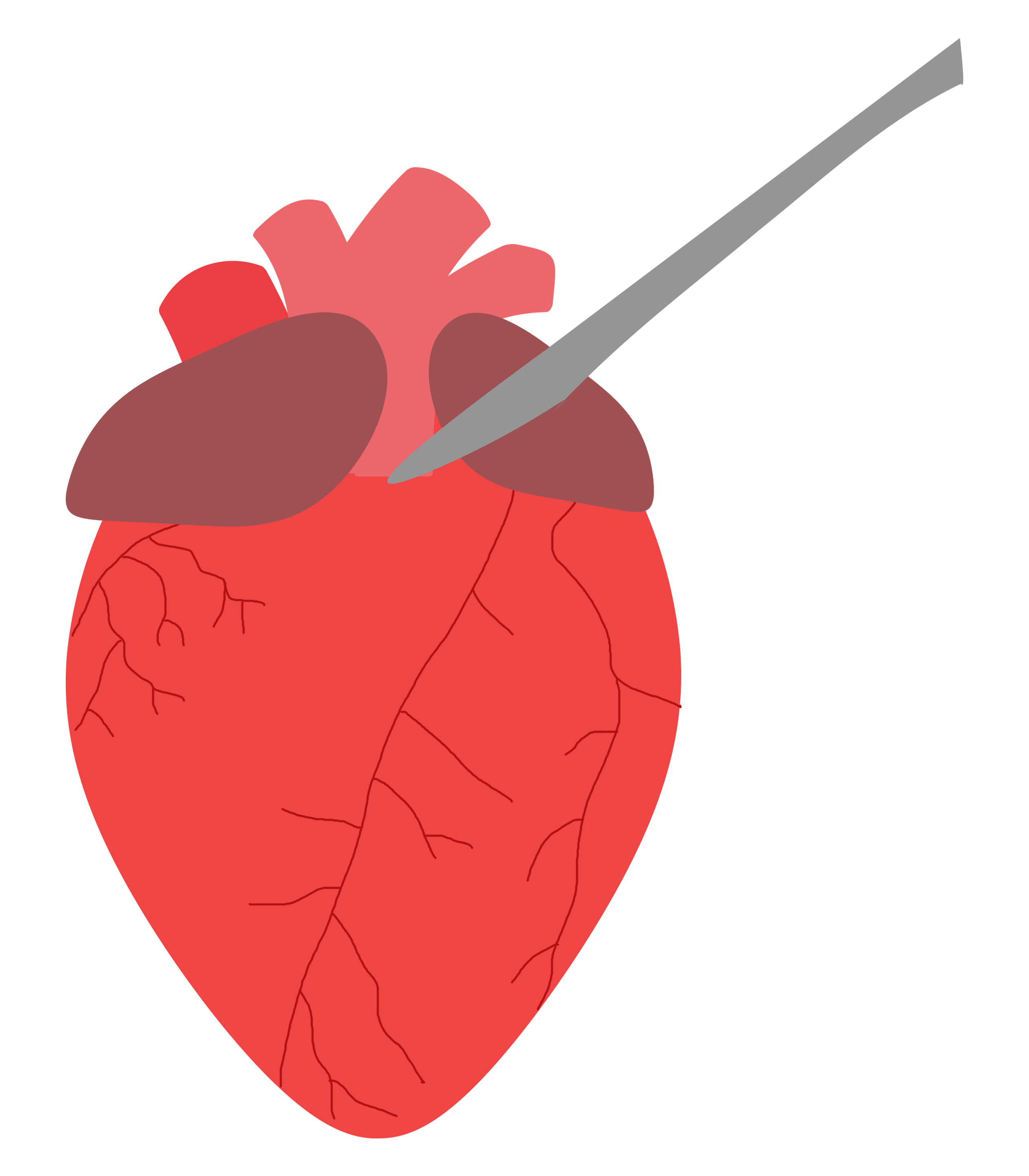
2. Place the heart so the anterior side is facing up. Create an incision from the pulmonary artery down into the right ventricular wall. Identify the right atrium, right ventricle, pulmonic valve, chordae tendineae, papillary muscles and pulmonary vein.
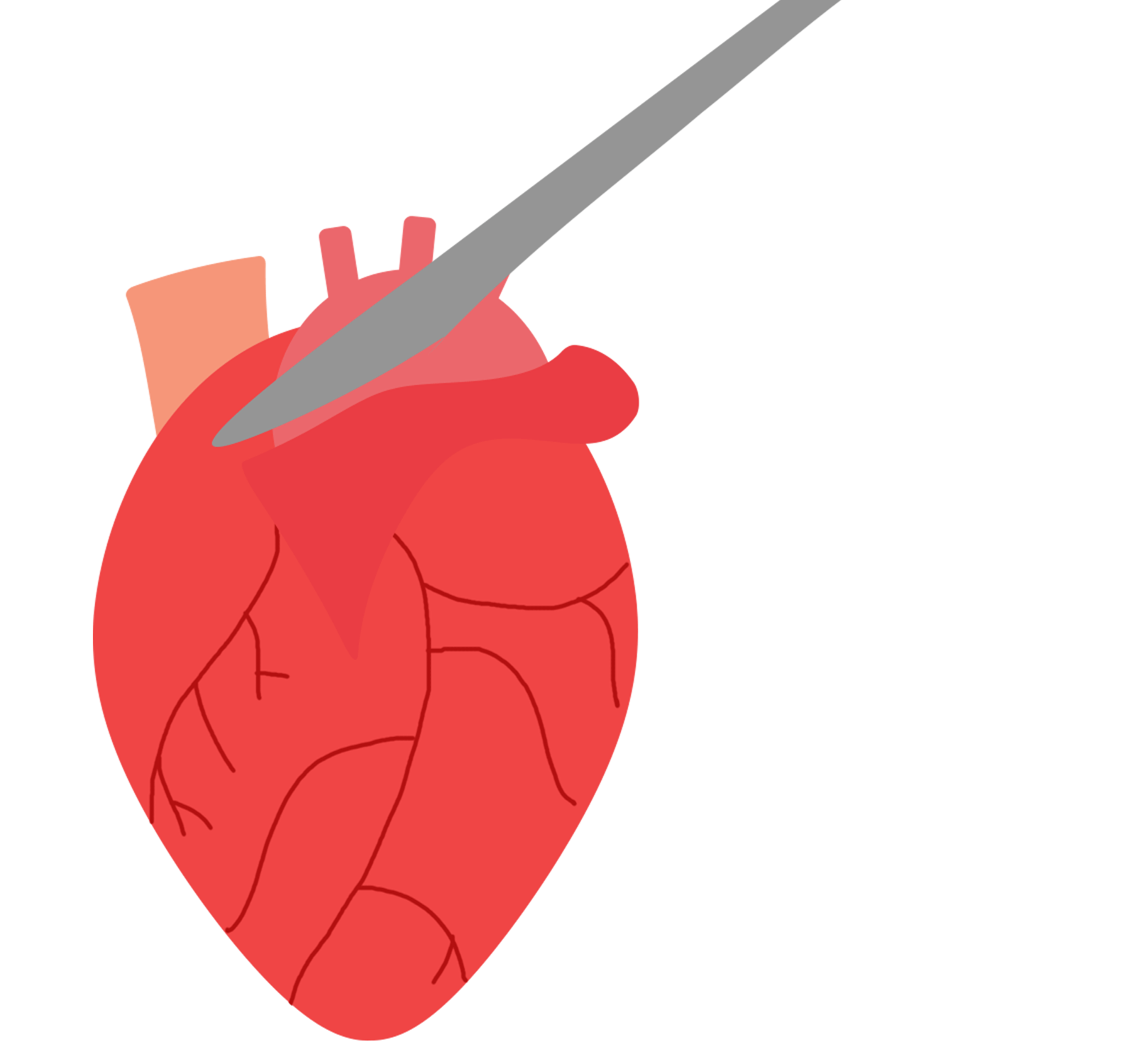
3. Place the heart so the posterior side is facing down. Create an incision from the pulmonary vein down into the left atrial wall. Be careful not to cut too deep. Identify the bicuspid valve, left atrium, bicuspid valve, pulmonary artery and interventricular septum.
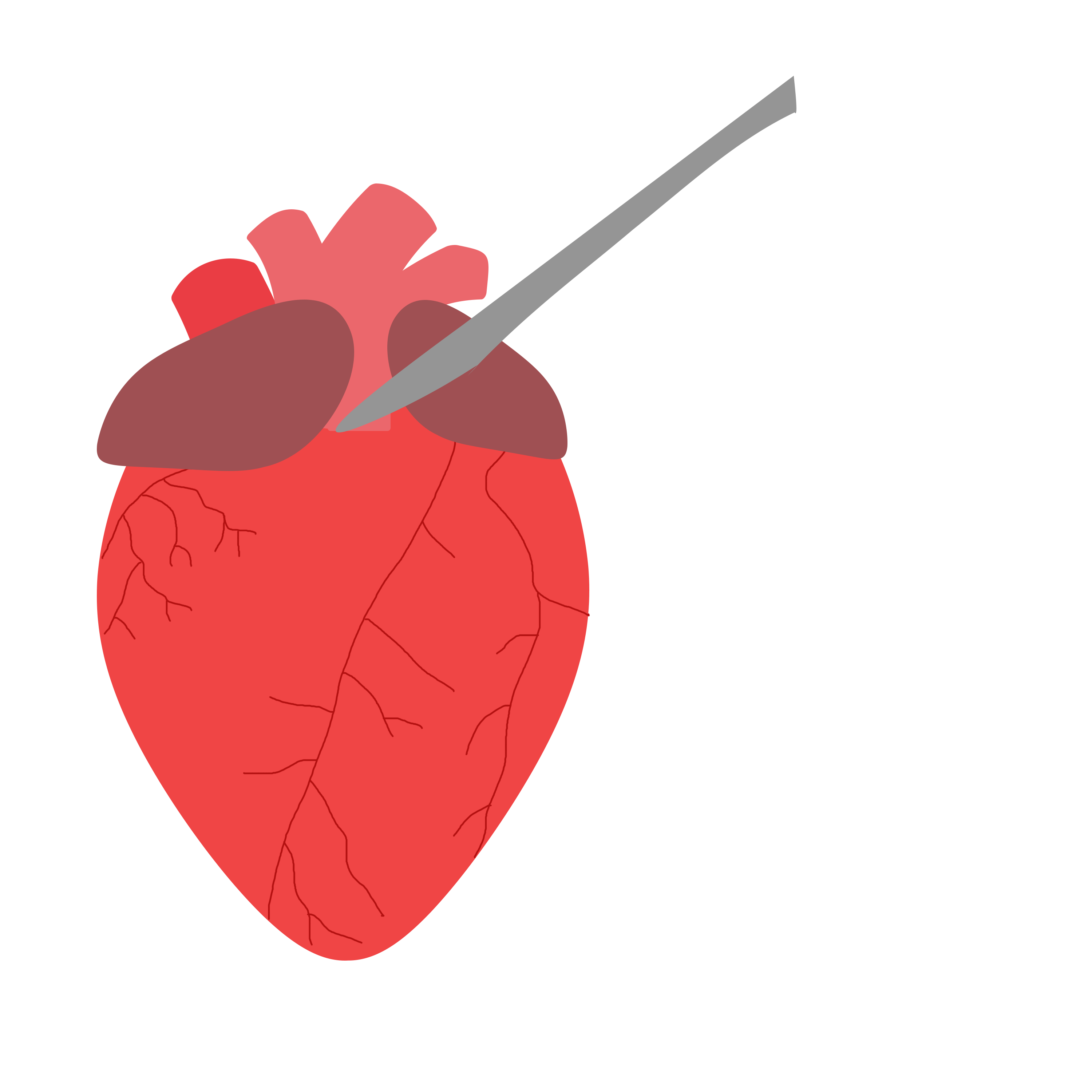
4. Place the heart so the anterior side is facing up. Create an incision from the aorta down into the left ventricular wall. You may have to move the pulmonary artery out of the way. Identify the left ventricle.



